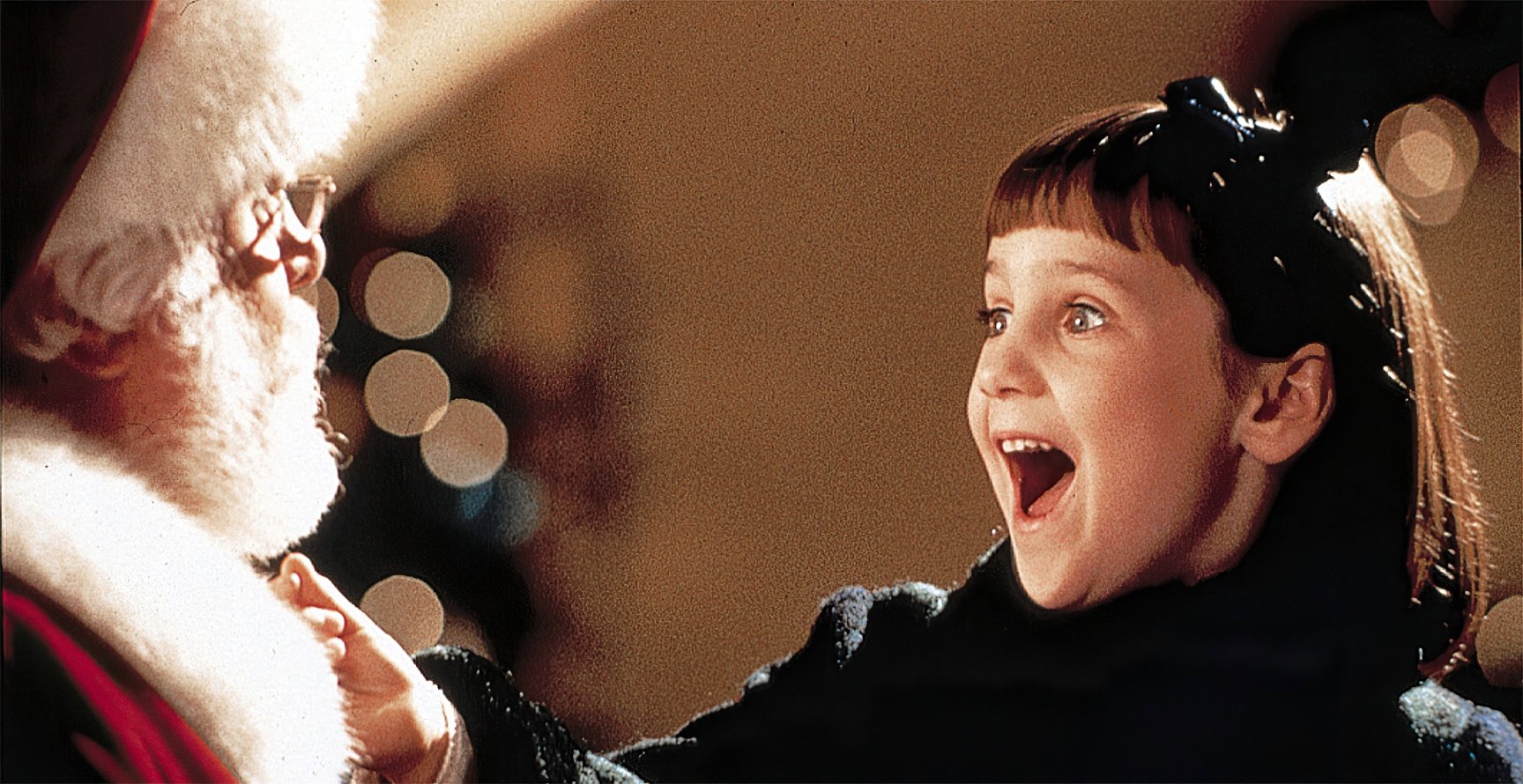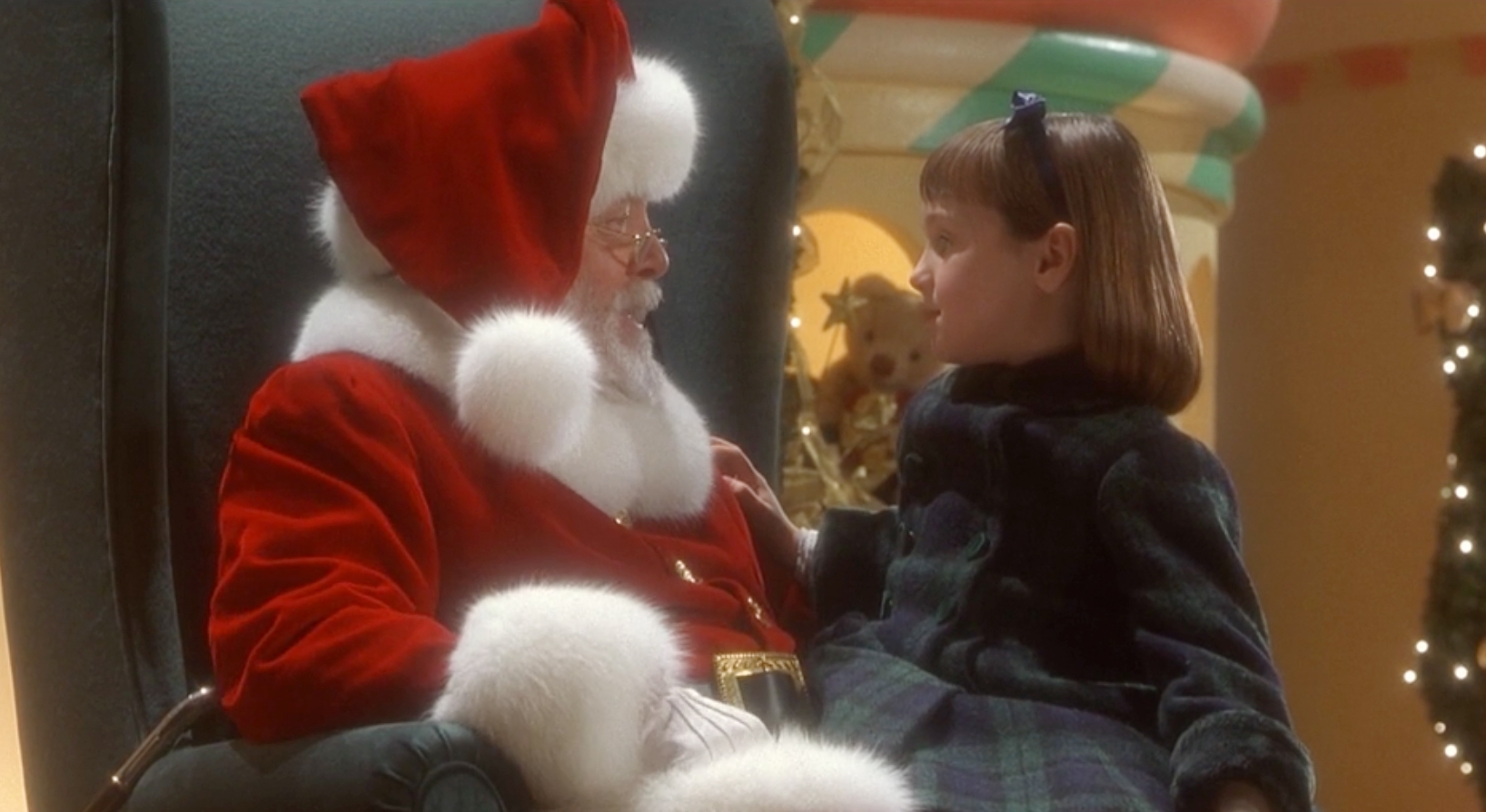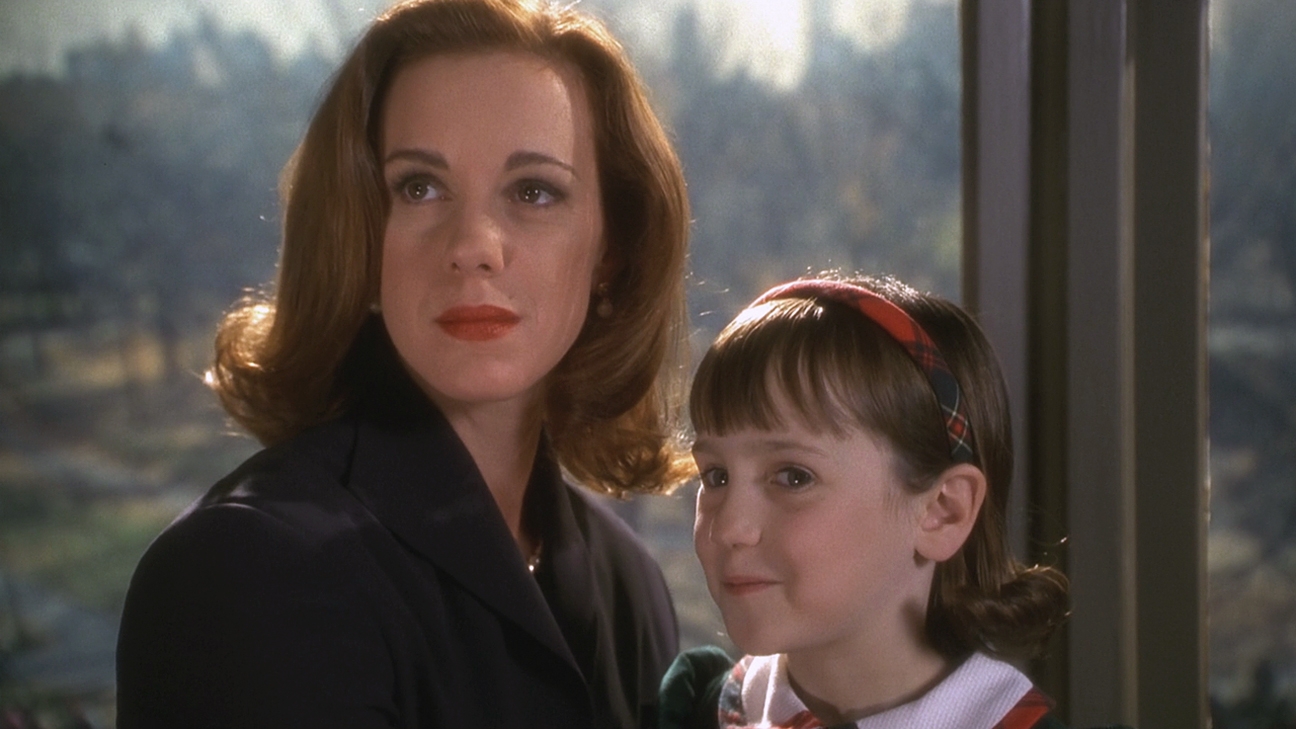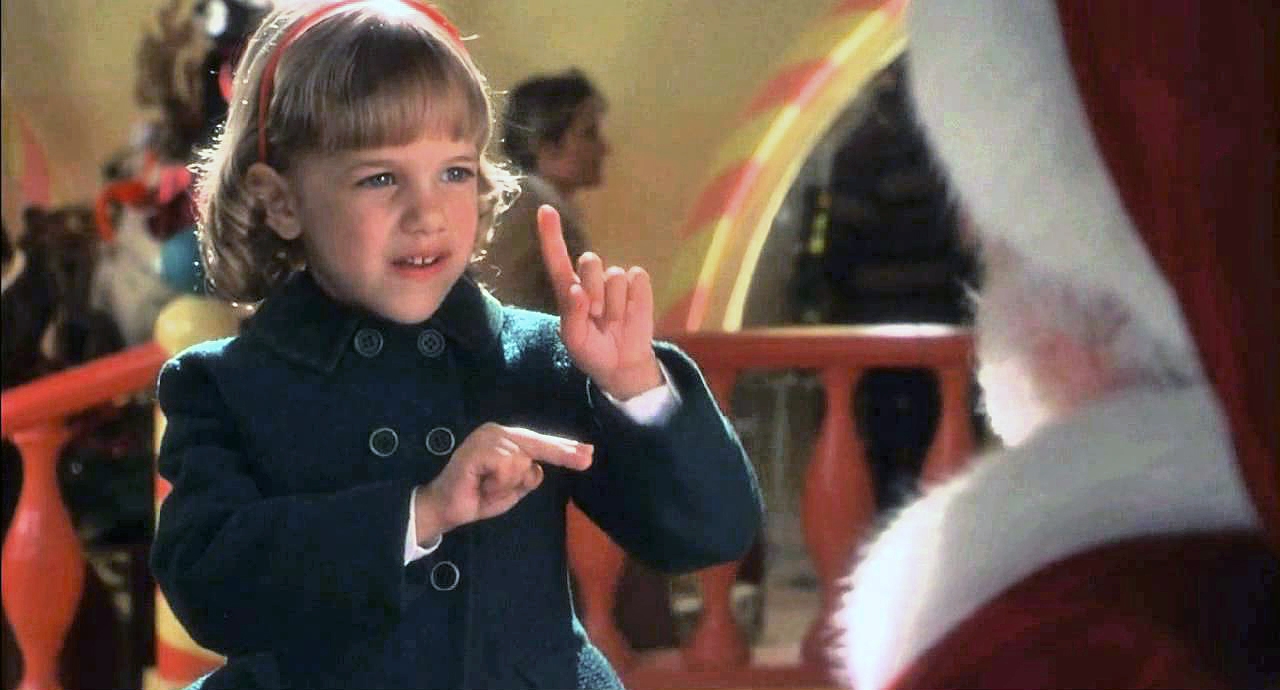
Finding Christmas Magic Again: Miracle on 34th Street
Julio Macat, ASC looks back on shooting the John Hughes-scripted 1994 remake of a Christmas classic.
Few cinematographers have had the privilege of shooting multiple beloved holiday films, yet Julio Macat, ASC — in conjunction with writer and producer John Hughes — not only shot the three Home Alone films (the first of which was covered in this retrospective), but also photographed the 1994 remake of Miracle on 34th Street, directed by Les Mayfield and starring Mara Wilson and Richard Attenborough.

Hughes brought Macat onto the project, and the cinematographer felt trepidation at touching material so revered as the original 1947 version of Miracle, but also found that he had a special connection to the story that only deepened as filming began. “I got to meet Maureen O'Hara [who starred in the original] when I was shooting Only the Lonely,” he explains. “I was just in love with her because of movies like The Quiet Man. It was ironic, also, that in Home Alone, when the little kid is by himself, he's watching Miracle on 34th Street. Then, I fell in love with the woman playing Maureen O’Hara’s character in the sequel. This movie is also very close to me because this is where I met my wife [actor Elizabeth Perkins] — we became friends on this film.”
“Just every time I watch it, I really love the way it feels — the message about believing, about just being open and not being so cynical.”
— Julio Macat, ASC

On top of all the connections between the film and Macat’s life and work, the cinematographer also just loves the original film: “It's really difficult to even touch the original. But, then you go, ‘Okay, it's a new generation.’ Apparently, it's a Christmas tradition for a lot of people to watch the version of Miracle on 34th Street now with Mara [Wilson]. It's fun for us to kind of rediscover things. If people watch our version, then maybe they will watch the original as well.”
Hughes envisioned the film as both an ode to the 1947 original as well as a fresh take. While set in modern times and in color, it was meant to feel like a piece of nostalgia. “It was John Hughes’ project,” Macat says. “He was hugely influential on the look. When I talked to him about the photography, he told me he wanted to be able to turn the color off of his TV and have the film look like the original — have it look like a 1940s black-and-white movie.”
The 1947 film was photographed by ASC members Charles G. Clarke and Lloyd Ahern, partly on location in New York City, with the film’s parade sequences shot during the actual 1946 Macy’s Thanksgiving celebration.
In order to achieve this classic Hollywood look, Macat turned to traditional lighting techniques: “We shot with more backlight and stronger key lights than I usually use. It really had to do with the lighting style, filming with harder light and utilizing grip cuts to shape it, things that aren’t common anymore. You know, it's funny, because now we film with much softer lighting — we bounce a lot more and we have really mellow lighting. In the late ’40s, when the original film was made, it was more contrasty, three-point lighting that was used, where there was always the backlight, even for interiors. The idea was to have it feel like a period film, even though it was contemporary. So that's what I tried to do and, in a lot of places, I think it fell into place nicely.”
Macat shot Miracle with Panaflex cameras with Primo prime lenses: “It was kind of fun to pretend like I was shooting a period movie, because, in spite of it being present day, it was meant to have a timeless look to it. We used the Primos because they offer a really nice, sharp image. Filtration-wise, I use nets in front of the lens and diffusion that would make it feel old-fashioned and Christmassy, like the original film.”
Because of the success of Home Alone, Macat was able to work with a considerable budget on Miracle, which allowed him more control while shooting the Thanksgiving Day Parade scenes: “We were able to control the streets of New York for four days, from around 72nd Street to the museum, which was unbelievable. We had more than 1,000 extras each day. We were recreating the Macy's Parade [called Cole’s in the film] complete with our own floats.”

To shoot something on this scale, Macat turned to the kind of coverage typically used on the national broadcast of the actual Macy’s parade. “I approached it with multiple cameras and cranes,” he says, “so that I could get height. We did some really nice Technocrane shots of the floats passing by.” Clarke and Ahern used a similar approach in 1946, employing nine camera units.
While Macat is proud of the technically intricate parade scenes, he is particularly drawn to scenes that leaned into the magic of the holiday season. “There's one shot in particular, with Sir Richard Attenborough, where he came up with this really fun gag,” he remembers. “He's doing these finger-puppet shadows on the wall, and he thought, ‘Hey, wouldn't it be fun if I am doing this and then I lower my hands, but the figurines stay up on the wall?’ So, we figured out how to have another set of hands projecting the shadow, so that it looked like he was doing it, but that when he lowered his hands, the shadows were still there for a couple of beats.”
Capturing the magic of the holiday season was imperative to recreating the tone of the original film. “It's magical — Wollman Rink, the people on the streets — it's the reason people go to New York for Christmas,” he says. “We tried very much to capture the flavor of it, picking streets that were reminiscent of the original movie. I wanted to recreate some of the shots from the original movie. I copied to the T the framing of one of the shots of the parade from exactly the corner where they shot the original, because I wanted it to have the same feeling.”
Having an extensive history of shooting holiday films helped Macat while he was figuring out how to create the magic of one of the final scenes in the film: “There's a scene where the little girl discovers that her wish comes true. She runs into this model home and it's your perfect Hallmark greeting card. I learned a lot from shooting the Home Alone movies that I was able to use. For example, putting the Christmas lights on a variac and increasing the voltage so that it makes the lights shine a little bit brighter so they bloom a little more. I did that again. It creates a nice warmth that then allows you to separate it with a cool relief. Parts of the frame can be really warm and other parts of the frame can have a cooler light that really creates a separation — you can make a statement with it.”
Looking back on the film today, Macat is grateful for the experience: “It was a transformative one for me. I enjoyed the fact that the success of the Home Alone movies allowed us to do a bigger project. It was a great experience. I thought there was good chemistry with the actors. Everybody really got along.”
The film’s story, as well as the experience of shooting the project, have stuck with Macat over the years. “My favorite scene of the film is at the department store,” he begins. “We're with Santa and the kids who are lined up to see him. There's a one little girl who is deaf can't speak. Richard Attenborough [as Santa] says to her mother, ‘Oh, don't worry.’ Then he signs to her and they talk and talk. Just every time I watch it, I really love the way it feels — the message about believing, about just being open and not being so cynical.”

Macat's other credits include such features as Ace Ventura: Pet Detective, A Walk To Remember, Wedding Crashers and Pitch Perfect.
Most recently, AC spoke to Macat about his work in the feature After the Wedding.
He also spoke about his early career in this one-on-one discussion video with fellow Argentine cinematographer Natasha Braier, ASC, ADF (en Español).






